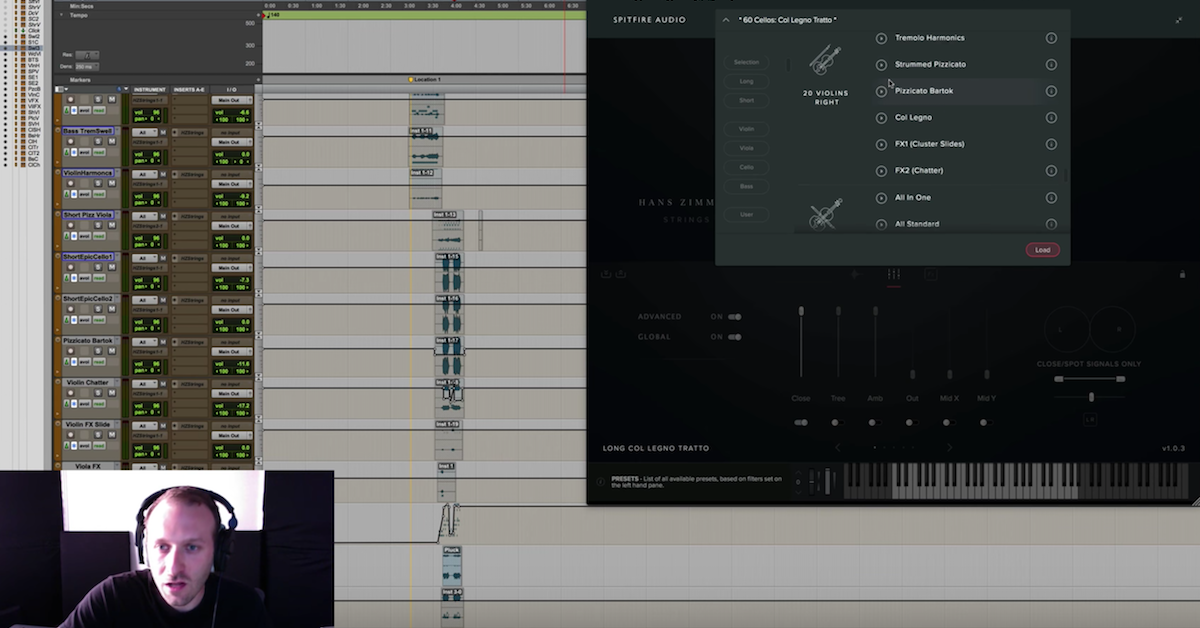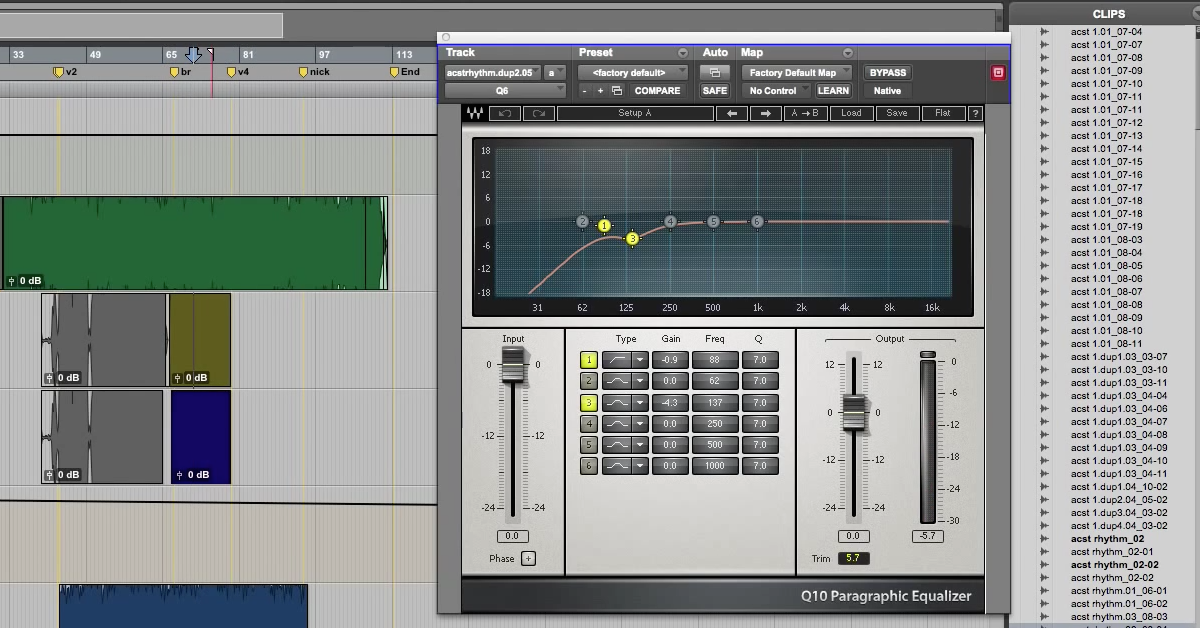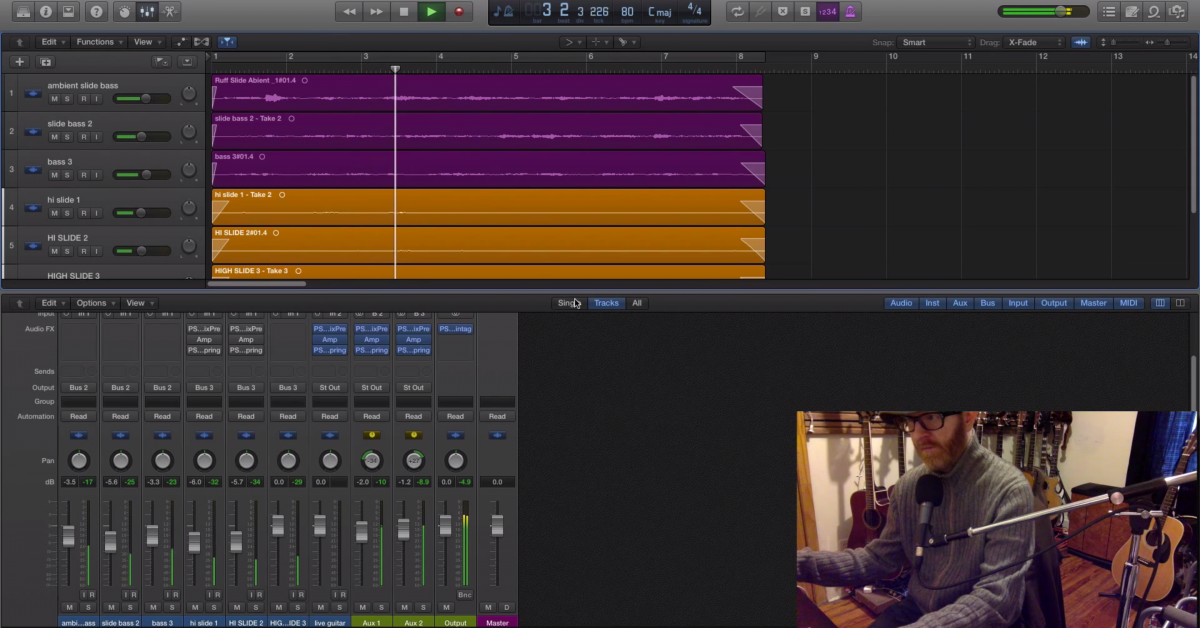5 Tips for More Realistic Sounding MIDI Strings
Article Content
In a perfect world, we’d all be able to hire the London Symphony Orchestra every time we wanted to add a string section to a song. Unfortunately for most of us, we have to settle for second best—a good string sample library.
While there are plenty of libraries that can give you great sounding strings at the touch of a key, what these libraries can’t do is recreate that special “something” you get when you record a bunch of real people playing real instruments. Let’s call it the human touch. This element can be hard to recreate in a digital system, but with some careful massaging, you should be able to get your MIDI strings to sound pretty close to the real thing.
1. Meet the Strings
Just because your MIDI keyboard allows you to play any note on any instrument, doesn’t mean you should actually use all of those notes. If realism is what you’re after, then the first step is to make sure that each instrument or section is only playing notes within its own range. To keep track of these ranges, it can be helpful to print out a chart like this one and post it somewhere in your studio near the keyboard.
It’s also good to keep in mind that some notes within an instrument’s range will take on their own idiosyncrasies when played by a real player. For example, you may be able to play a low C2 with vibrato on a cello using a string library, but in reality this is impossible as C2 is the lowest open string on a cello, and a cellist can’t play with vibrato on an open string.
2. Sense of Space
While there are occasional variations depending on a composer’s preference, most orchestras follow the same general layout. So if you’re trying to recreate an orchestral sound, it will be helpful to pan each section as if you’re hearing it in a concert hall.
Again, a chart like this one can help you keep track of where everything goes.
3. Automated Humanism
Many string libraries have done a good job of sampling not only the string instruments themselves, but also the way those instruments are played. That doesn’t mean, however, that simply inputting notes from a MIDI keyboard will be enough to make a string part sound 100% realistic. When it comes to sampled strings, human expression often comes from careful automation of parameters like volume, velocity and expression.
This need for automation is often evident at the beginnings and endings of phrases.
At the beginning of a phrase, you might want a slower attack than what occurs naturally, and similarly, you might find that the instruments cut off too quickly at the ends of phrases. Some careful shaping of the velocity and volume of each section will help you achieve a smoother, more believable sound.
4. Perfectly Imperfect
It’s easy to make everything sound perfect with MIDI orchestration, but the beauty of a real orchestra is that the playing is never perfect. Each player will play their part slightly differently than the person sitting next to them, and some might even make mistakes—sometimes accidentally and sometimes on purpose to create a certain stylistic effect.
Writing these imperfections into a MIDI performance can be a challenge, and the best way to learn how to do this is to spend time listening to chamber music. With orchestral music, it’s hard to hear what each player is doing, but when you’re listening to something like a string quartet, you’ll have an easier time noticing the subtle imperfections in each performance.
A violinist might play slightly sharp to bring out a melody line, for example, or a cellist might play slightly ahead of the beat to create a sense of anticipation. Once you start noticing these imperfections, you can work on writing them into your own MIDI performances.
5. Layers of Realism
If you can manage it, the best way to add some realism to sampled strings it to actually add some real strings.
Even if you just track one violinist playing three or four different parts, you can add a level of humanity that even the most advanced automation moves can’t recreate—that is, as long as you can mix the real strings with the sampled strings in a believable way. Usually, this means bringing in the real strings so they’re sitting just underneath the sampled strings. That way, your recording won’t sound like a real string quartet playing along to a bunch of MIDI strings.
Also, if you’re just working with one player, you’ll be best served to create as much separation between each part as possible. Whether that means using a different instrument each time, changing up the mic placement, using a different preamp, or carving out space with EQ (or better yet, some combination of all of these methods), any differences you can emphasize between each performance will help enhance the realism of the overall sound.
Conclusion
All of these methods give you ways to enhance the realism of a MIDI performance before you ever open up a plugin or start balancing faders.
There are also many ways to add humanity to sampled strings during the mixing phase, but getting your strings sounding right at the start will make the mixing job a lot easier.
Of course, some people will argue that sampled strings can never replace the real thing. In this case, it’s your job to trick those people by making your MIDI strings sound as realistic as possible—you might know that your string parts are sampled, but no one else has to know if you don’t tell them.






